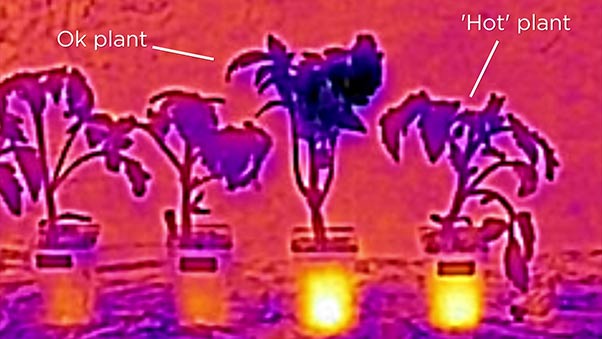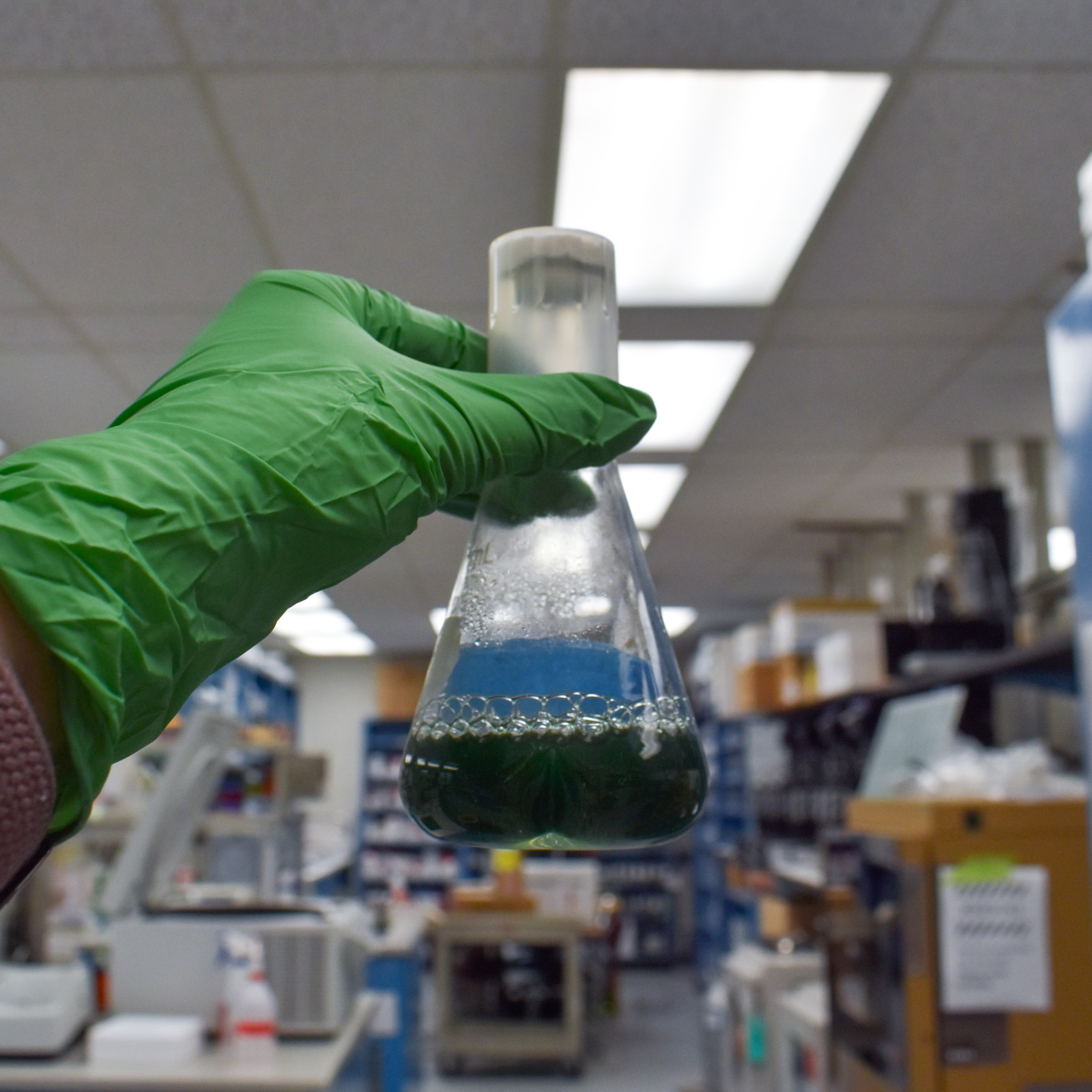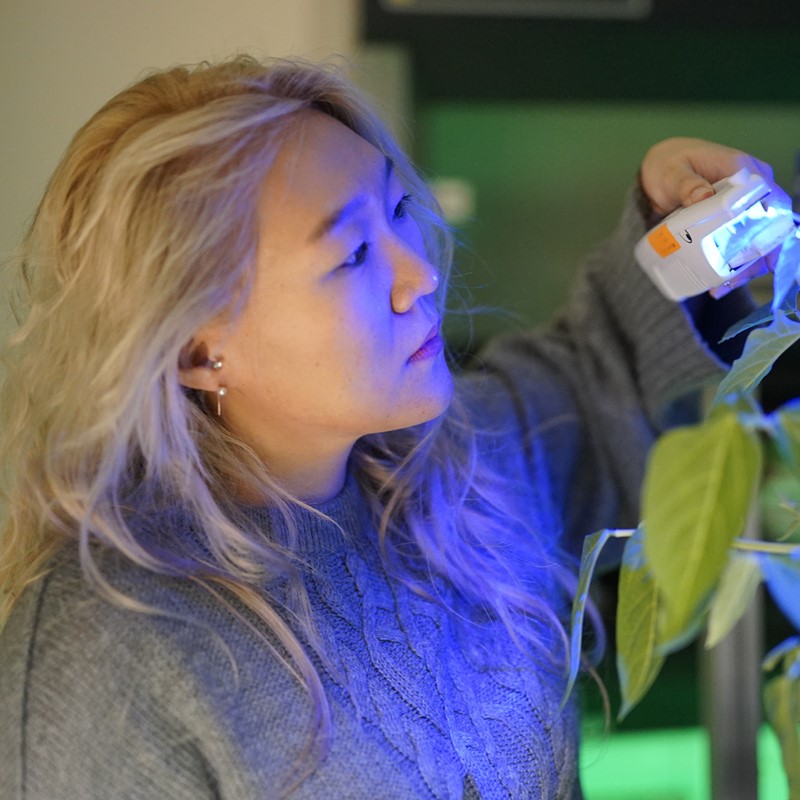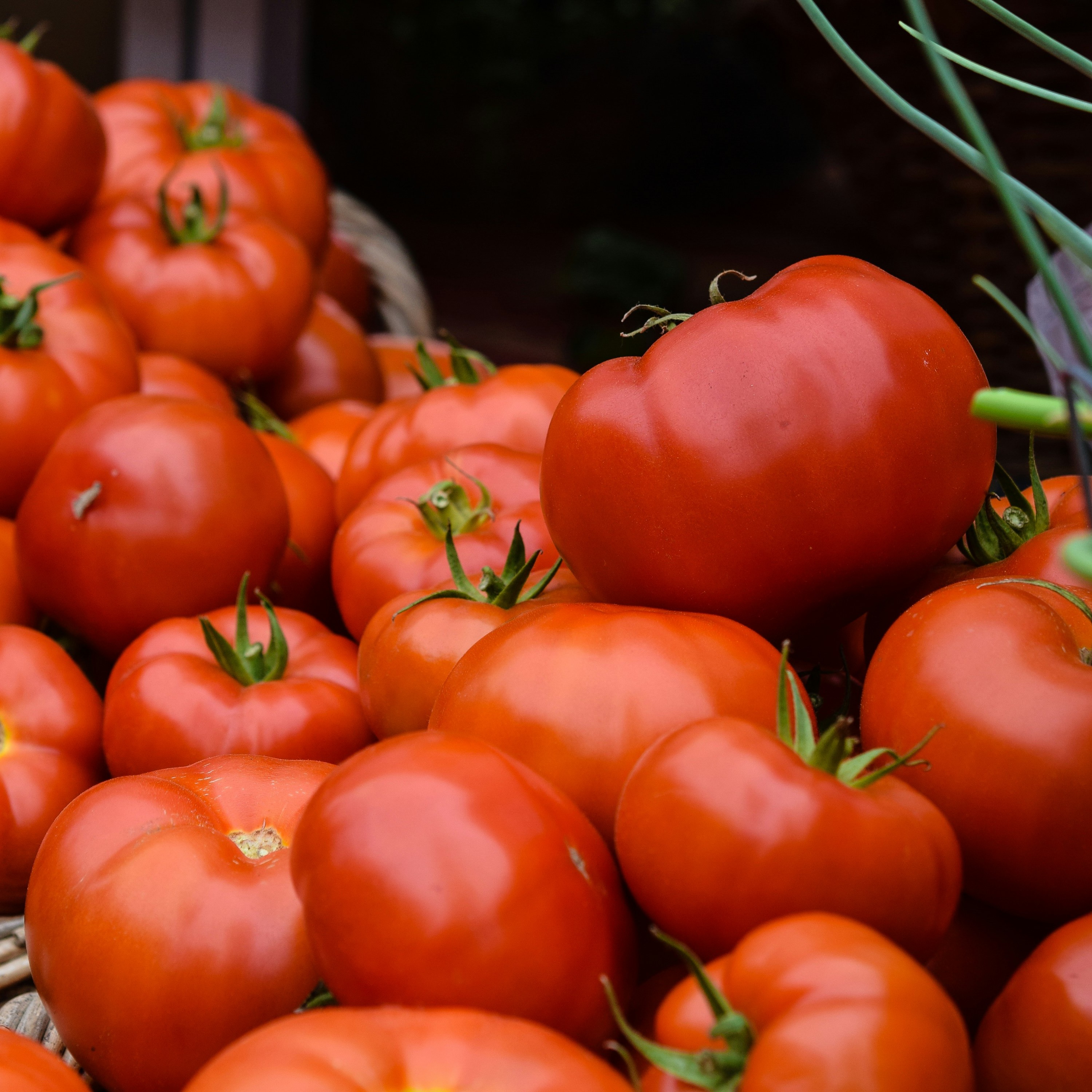Insect bites + Warmer climate = Double trouble for plants
Video summary in 90 seconds
Recent models are telling us that, as our climate warms up, herbivores and pests will cause more damage to agricultural crops. One study predicted that crop losses to insects increase 10 to 25 percent for every 1 degree Celsius increase.
Michigan State University scientists think that these models are incomplete and that we may be underestimating the losses. A new study shows that infested tomato plants, in their efforts to fight off caterpillars, don’t adapt well to rising temperatures. This double whammy worsens their productivity losses.
According to the study, two factors are at play. The first is rising temperatures. Insect metabolism speeds up with heat, and they eat more. Also, warmer temperatures could open up a wider range of hospitable habitats to insects.
Second – and this is what current models ignore – is how the infested plants react to the heat.
“We know that there are constraints that prevent plants from dealing with two stresses simultaneously,” says Dr. Gregg Howe, University Distinguished Professor at the MSU-DOE Plant Research Laboratory. “In this case, little is known about how plants cope with increased temperature and insect attack at the same time. So we wanted to try and fill that gap.”
Sometimes, it's too much to handle
Plants have systems to deal with different threats.
Caterpillar attack? There is a system for that. When a caterpillar takes a bite off a leaf, the plant produces a expand iconhormone , called Jasmonate (JA). JA tells the plant to quickly produce defense compounds to thwart the caterpillar.

By Nathan Havko, Howe lab, 2020.
Temperatures too hot? Overheated crops have another bag of tricks to cool themselves down. (Obviously, they can’t make a run for the inviting shade under a tree.) They lift their leaves away from the hot soil. They also ‘sweat’ by opening up their stomata – think like skin pores – so that water can evaporate to cool the leaves.
But then, Nathan Havko, a postdoc in the Howe lab, grew tomato plants in ‘hot’ growth chambers (38 degrees Celsius). He also let loose hungry caterpillars on them.
“I was shocked when I opened the doors to the growth chamber where the two sets of plants were growing at ‘normal’ and ‘high’ temperatures,” Howe says. “The caterpillars in the warmer space were much bigger. They had almost wiped the plant out.”
“When temperatures are higher, a wounded tomato plant cranks out even more Jasmonate, leading to a stronger defense response. Somehow, that does not deter the caterpillars,” says Havko. “Moreover, we found that Jasmonate blocks the plant’s ability to cool itself down. It can’t lift its leaves or ‘sweat’.”
Perhaps, the plants close their pores to stop losing water from the wounded sites. But they end up suffering the equivalent of a ‘heat stroke.’ It’s even possible that the caterpillars are crafty and do extra damage to keep the leaf pores closed and leaf temperatures elevated, which will speed up the insect’s growth and development.
And, there are consequences.
“We see expand iconphotosynthesis – which is how crops produce biomass – is strongly impaired in these plants,” Havko adds. “The resources to produce biomass are there, but somehow they aren’t used properly. Crop productivity decreases.”
There are many open questions to be resolved. But, the study suggests that, as global temperatures rise, plants might have too many balls to juggle.
“I think we have yet to appreciate the unexpected tradeoffs between defense responses and plant productivity, especially when other types of environmental stress are present,” Howe says. “Turning on the defense response may do more harm than good if the plants face high temperatures or other stresses.”
The study is published in the journal Proceedings of the National Academy of Sciences.
The research team at the MSU-DOE Plant Research Laboratory includes Michael Das, George Kapali, Nathan Havko, and Gregg Howe from the Howe lab. Research on photosynthesis was done with the support of Alan McClain and Thomas. D. Sharkey from the Sharkey lab. It was funded by the Plant Resilience Institute at Michigan State University and by the US Department of Energy, Office of Basic Energy Sciences.
By Igor Houwat, Nathan Havko, Gregg Howe; Banner image by Nathan Havko



